Check out posts in our new UUCAS History Blog!
The Old Sheshequin Church
Universalism in this country began in the late 1700s and was first preached in New England and in Philadelphia. At a conference in Winchester, NH in 1803, the two groups joined in doctrine and published the Winchester Profession of Belief. Universalism was first brought to this area by the Rev. Noah Murray who began preaching Universalism in Sheshequin in 1787. Fearing the spread of a new doctrine, the Rev. Moses Park and Joseph Kinney from the Baptist Church attempted to change his beliefs. They kidnapped Rev. Murray, took him to the basement of a church, and argued theology for three days and nights. Their efforts were in vain, for Rev .Murray converted both of them.
Rev. Park began preaching Universalism in 1793, and helped organize The Universalist Society of Sheshequin in 1808. The Society did well at first until the deaths of both Noah Murray and Moses Park in 1811 and 1817, respectively. After that, a certain eloquent speaker by the name of Squire Street arrived and was well accepted at first. He was just ahead of his reputation, for he had been expelled from the Association in New Hampshire, being guilty of a sad misdemeanor. Just before the news of his expulsion from the Association reached Sheshequin, he stepped on a boat and went down the Susquehanna, never to return. He was followed by David Gibson, also a gifted speaker who briefly gained the confidence of the congregation. He was able to gain generous money favors, but promptly resumed his old habit of intemperance and was fired. By then, the church members were suspect of any unknown theologian who came to preach.
Fortunately, a highly respected circuit rider, the Rev. Nathaniel Stacy, arrived and preached in Sheshequin as well as Warren, Pike, Orwell, Wysox, Athens and Tioga Point. This seemed to revive the Society, and he visited this area for four consecutive years. [Rev. Stacy was very respected and was instrumental in bringing the message of Universalism to ten states, especially New York and Michigan, and preached 4,749 sermons during his 40 year career as a minister. The church has a copy of his autobiography, which is also available on Amazon as a reprint] By the 1820’s, the Society had grown to the point that a building was needed, and the Sheshequin Universalist Meeting House was erected adjacent to the pre-existing Sheshequin Cemetery. The term Meeting House was used to avoid the word church. This was a rebellion against the European policy of state religions.
A Sunday School was established in 1830 by Julia Kinney Scott who also gained fame as a poetess. In 1833, the Universalist Society of Sheshequin stated their Rules and Regulations. The Charter of Incorporation was approved on October 1, 1840, and a Constitution was written in 1843.
By 1845, there were 45 members.
In 1864, there was a library of more than 150 volumes. The pulpit was filled by a number of different preachers. From the 1870s through the 1880s, membership ebbed and flowed, but 1890s showed a gain in membership and attendance. During this time, the beloved Rev. Myra Kingsbury preached until her death in 1898.
At various times, the Sheshequin Church was the” mother church” to churches in Athens, Towanda, Standing Stone, Springfield, Troy, Orwell Hill, Sylvania, Monroe, and Mansfield.
In 1902, the Oscar and Georgia Stevens family moved to Sheshequin, and family members were church organists for nearly 100 years. Georgia was the first organist, and she was followed by daughters Dorothy Smith and Marion Jones.
In 1914, The Sheshequin Valley Cemetery Association was established, separating the cemetery from the church. It is supported by bequests and the sale of cemetery plots.
Church membership was stable during the 1900s, and a succession of ministers served the congregations. In 1961, the Unitarians and Universalists merged, forming the Unitarian-Universalist Church. In 1965, the Athens Church, known as the Church of Universal Brotherhood, officially dissolved, and its nine members transferred their membership to the Sheshequin Church. In 1991, the Athens church was purchased, returning the 140 year old building to its Universalist roots. Services are held weekly in the Athens Church, and the Sheshequin Church is a summer and special occasion meeting house.
Our History
In 1808 Rev. Moses Park, after being converted by Noah Murray, brought new thoughts to a congregation in Sheshequin. He preached about the universal salvation of the human race. The congregation approved of the new preaching and became Universalist.
In 1827, the congregation of the historic Sheshequin Universalist Church dedicated their building, which still stands almost unchanged as the oldest plank and siding church in this area of Pennsylvania. This was the first of what would be at least ten Universalist Churches in existence in Bradford County before 1851. Set in the midst of farmland, it is on the east side of the Susquehanna River, 6.2 miles south of the Athens Bridge and 2 miles north of the Ulster Bridge. (UUCAS uses the Sheshequin building for worship services in July and August.) Take a video tour of the Sheshequin building.
The Athens Universalist Church, built circa 1850 was sold in 1949 to another denomination. Athens members then joined the still existing Sheshequin Church.
The national merger of Unitarianism and Universalism in 1961 combined the Universalist emphasis on the doctrine of the love and goodness of God, with the Unitarian emphasis on reason and rationality in religion.
The Sheshequin Universalist Church reacquired the Athens building in 1991. In 1992 the congregaion, in recognition of the importance of their two locations and the significance of the merger of two traditions voted to adopt the name the Unitarian Universalist Church of Athens and Sheshequin.
Today Unitarian Universalism is a liberal religion with Judeo-Christian roots. It has no creed, instead it advocates freedom of belief and the affirmation of the worth and dignity of all human beings.
UUCAS offers a warm and welcoming community for all people who practice ethical living as the supreme witness of religion.
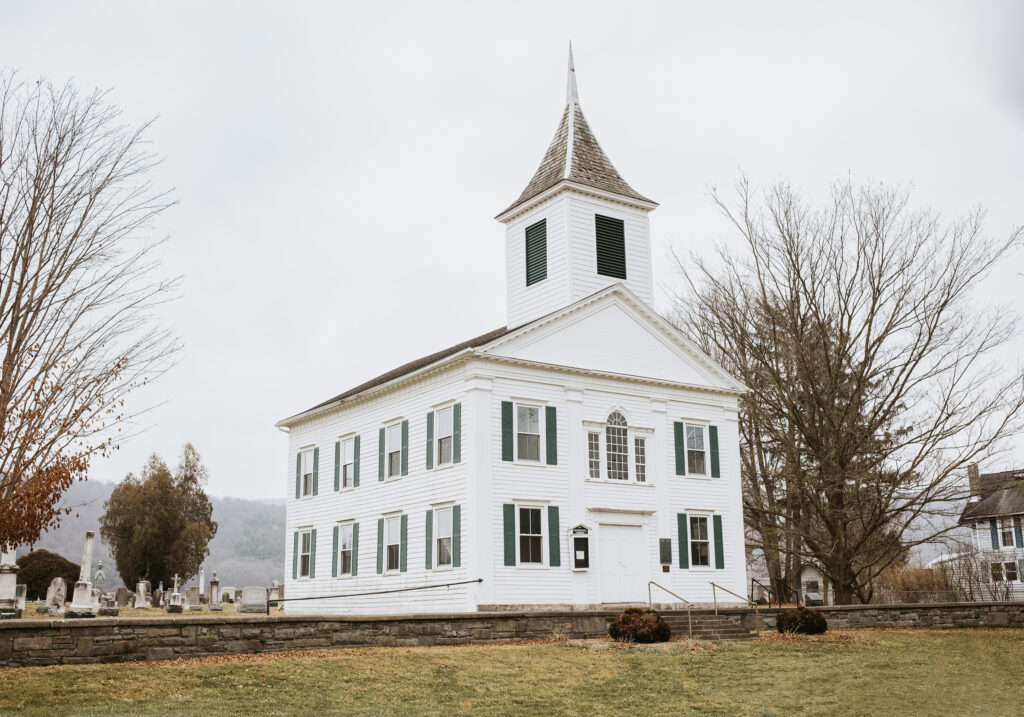
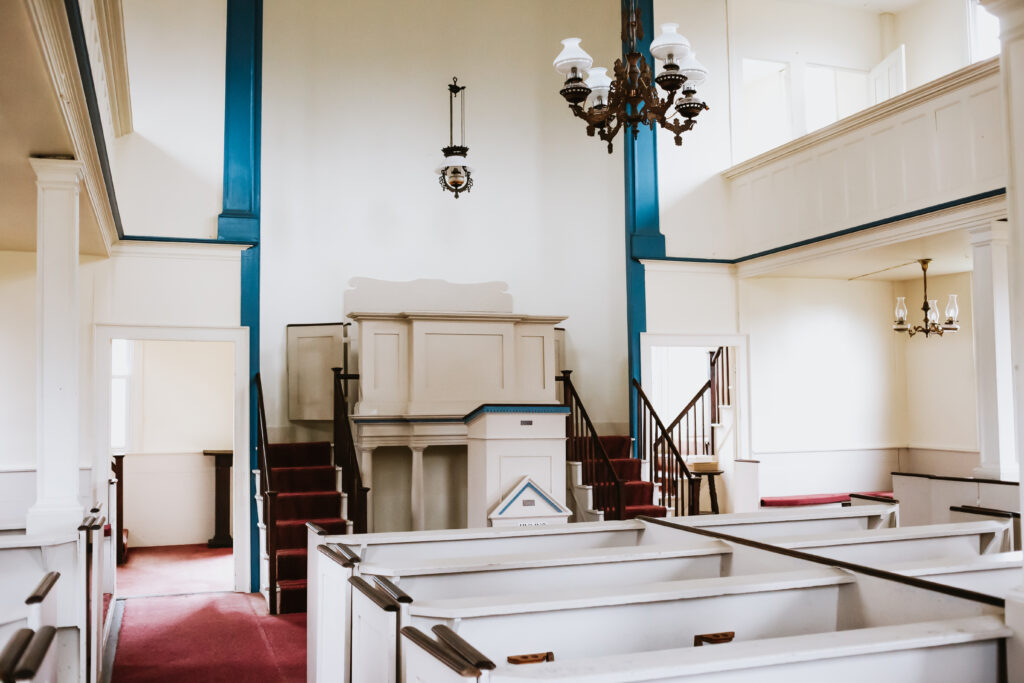
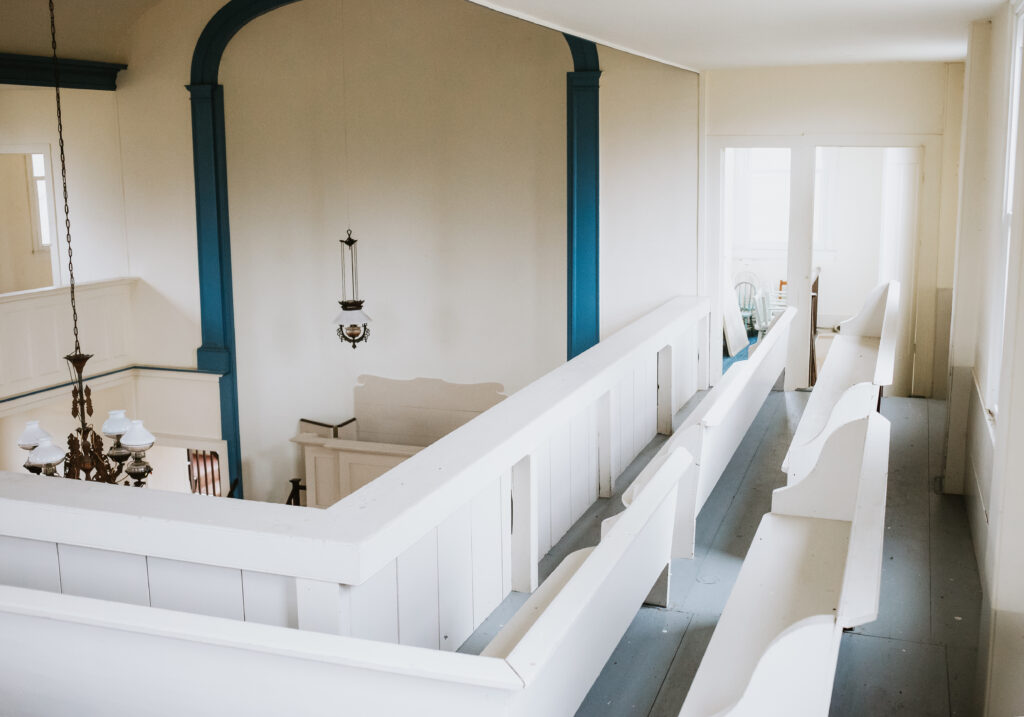
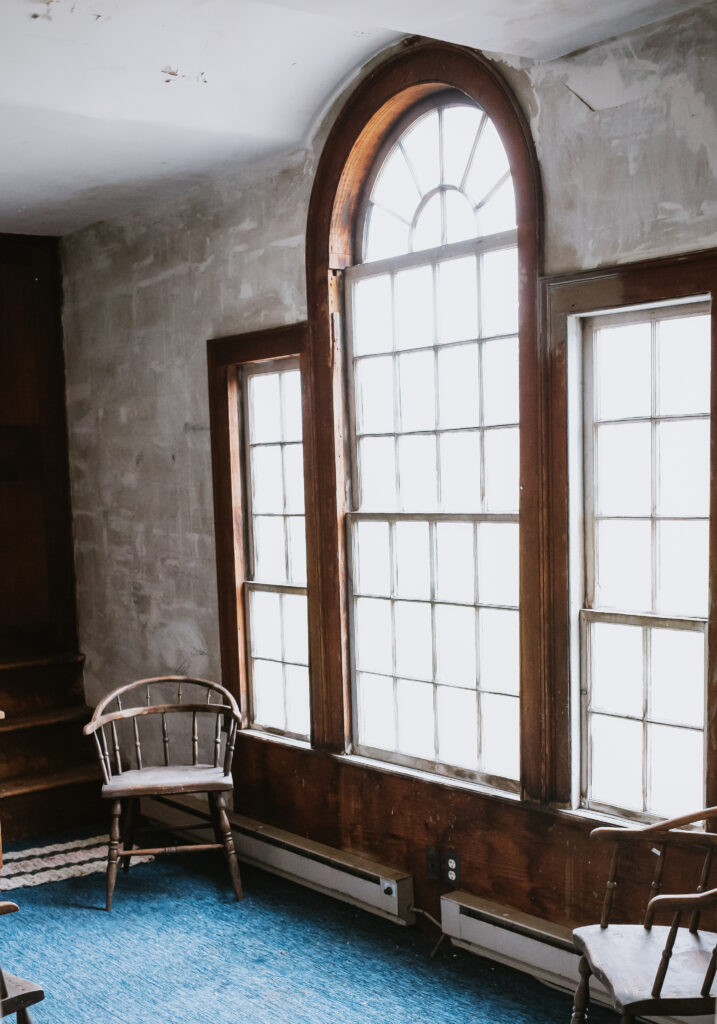
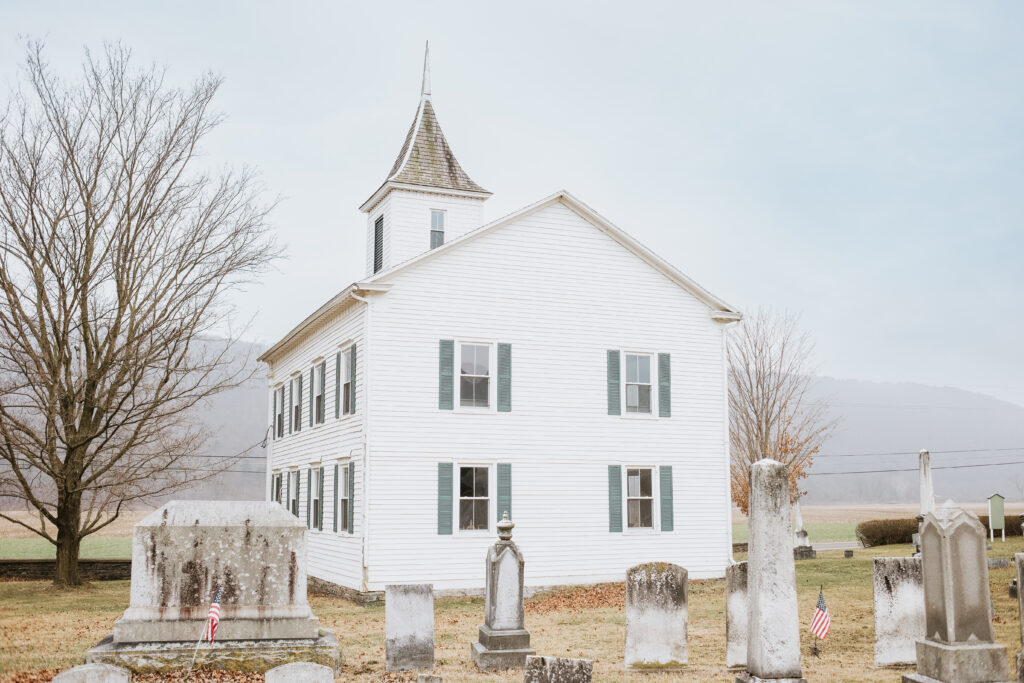
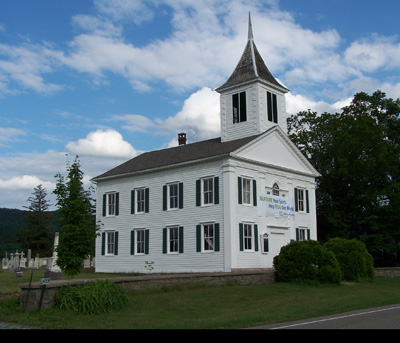
No Comments Yet